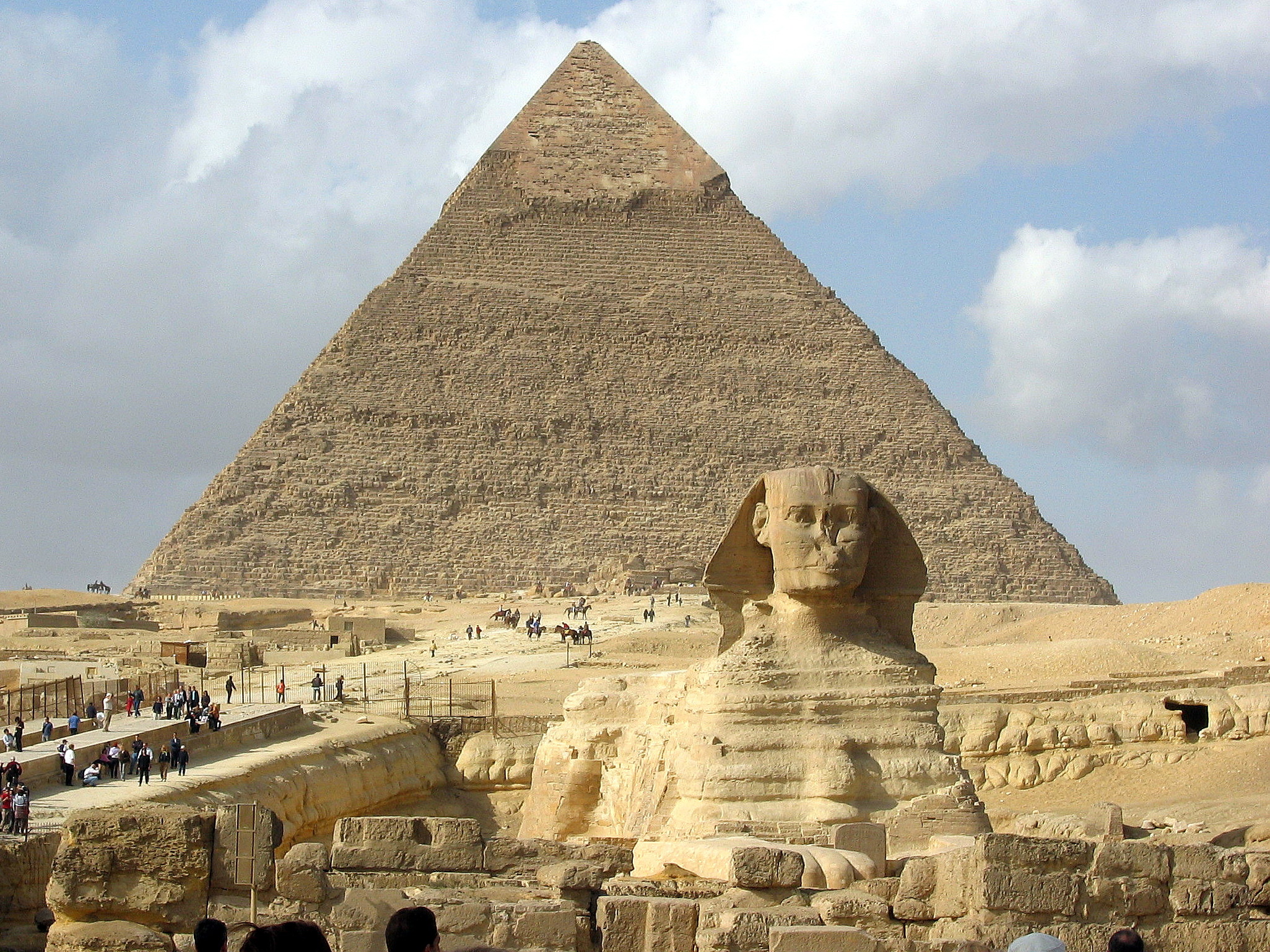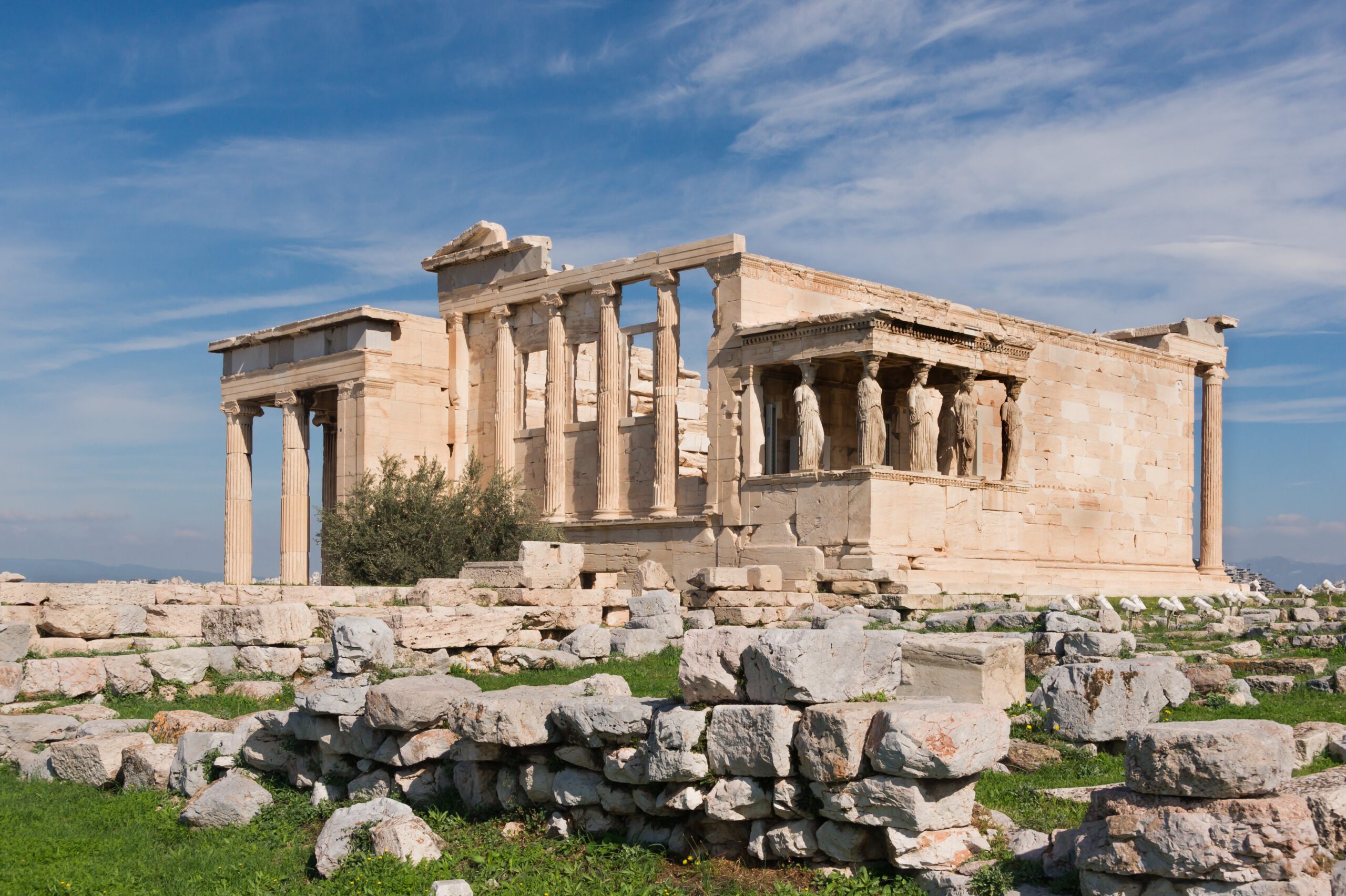Egypt: The Cradle of Civilization

Egypt stands as a beacon of ancient splendor, often heralded as the cradle of civilization. With roots stretching over 5,000 years, this land birthed monumental achievements, from the enigmatic pyramids to the profound hieroglyphs that have intrigued scholars for centuries. The Great Pyramid of Giza, one of the Seven Wonders of the Ancient World, remains a testament to human ingenuity, attracting millions eager to glimpse its majesty. The life-giving Nile River played a pivotal role, nurturing the flourishing of agriculture and serving as a vital artery for trade. Ancient Egyptians pioneered advancements in governance and architecture, setting the stage for future civilizations. As UNESCO highlights, Egypt’s rich tapestry of history continues to inspire awe and wonder worldwide.
China: A Continuous Civilization

China’s history is a continuous thread that weaves through over 3,500 years of documented civilization. This vast land has been a crucible for innovation, giving rise to groundbreaking inventions like paper, gunpowder, and the compass. The Great Wall of China, an enduring symbol of strength and resilience, stretches across the landscape, a reminder of the nation’s historical fortitude. Chinese philosophy, with luminaries like Confucius and Laozi, has deeply influenced global thought and culture. The country’s 55 UNESCO World Heritage Sites are a testament to its rich historical and cultural legacy. China’s impact on science, technology, and the arts has left an indelible mark on the world stage, showcasing the enduring spirit of this ancient civilization.
Greece: The Birthplace of Democracy

Greece, known as the birthplace of democracy, has a history that resonates through the ages. Over 3,000 years ago, the city-states of Athens and Sparta laid the foundations for political systems that still influence modern governance. The Parthenon, perched atop the Acropolis, stands as a symbol of ancient Greek architectural brilliance and devotion to the goddess Athena. Greek philosophers like Socrates, Plato, and Aristotle shaped Western philosophical thought, while epic poets such as Homer immortalized heroic tales in works like the Iliad and the Odyssey. The Olympic Games, originating in ancient Greece, continue to unite nations in the spirit of competition and camaraderie. Greece’s historical influence extends beyond its borders, leaving a lasting legacy that permeates contemporary society.
Italy: A Tapestry of Civilizations
Italy’s historical tapestry is rich with the interwoven threads of various civilizations, including the Romans, Etruscans, and Byzantines. The Roman Empire, a colossus that dominated the ancient world, left a profound impact on law, politics, and culture. Rome’s architectural marvels, like the Colosseum and the Pantheon, stand as enduring symbols of imperial grandeur. The Renaissance, a period of cultural rebirth, blossomed in Italy, with cities like Florence and Venice becoming epicenters of artistic and scientific innovation. The legacy of figures such as Leonardo da Vinci and Michelangelo continues to inspire creativity and ingenuity. Italy’s historical landmarks draw millions of visitors each year, eager to experience the beauty and significance of its storied past.
India: A Land of Diverse Cultures

India’s history is a vibrant mosaic of diverse cultures, languages, and religions that have thrived over millennia. With a civilization dating back over 4,500 years, India has made significant contributions to mathematics, astronomy, and philosophy. The ancient Indus Valley Civilization is one of the world’s earliest urban cultures, known for its advanced city planning and architecture. The Vedic period laid the foundation for Hindu philosophy and spirituality, shaping the cultural and religious landscape of the subcontinent. India’s historical monuments, such as the Taj Mahal and the ancient city of Varanasi, reflect its rich cultural heritage and attract millions of tourists annually. This diverse tapestry of history continues to influence and enrich the global cultural landscape.
Mesopotamia: The Birthplace of Writing

Mesopotamia, often referred to as the “land between the rivers,” is considered the birthplace of writing and one of the earliest cradles of civilization. The Sumerians, Akkadians, Babylonians, and Assyrians thrived in this region, contributing to advancements in agriculture, law, and literature. The Epic of Gilgamesh, one of the oldest known literary works, originated from this area, offering insights into ancient Mesopotamian beliefs and values. Archaeological discoveries, such as the ruins of Babylon and the Ziggurat of Ur, provide a glimpse into the complexities of this ancient society. Mesopotamia’s legacy of innovation and cultural richness continues to resonate in the modern world, underscoring its significance in the annals of history.
Peru: The Heart of the Inca Empire
Peru is home to the Inca Empire, one of the most advanced civilizations in pre-Columbian America. The Incas developed sophisticated agricultural techniques and built an extensive road system that connected their vast empire across diverse terrains. Machu Picchu, a UNESCO World Heritage Site, stands as a testament to Inca engineering and architectural prowess, drawing visitors from around the globe. Peru’s rich history also includes the enigmatic Nazca Lines and the ancient Moche civilization, showcasing the country’s diverse cultural heritage. With over 11,000 archaeological sites, Peru’s historical significance is a source of pride and fascination for scholars and travelers alike, eager to explore its ancient wonders.
Iran: A Historical Crossroads
Iran, historically known as Persia, has a rich and complex history that spans over 2,500 years. The Persian Empire, one of the largest in history, was renowned for its cultural achievements and administrative innovations. The Achaemenid Empire, founded by Cyrus the Great, is notable for its respect for local customs and religions, fostering a legacy of cultural tolerance. Iran’s historical sites, such as Persepolis and the ruins of ancient cities, reflect its significant contributions to art, architecture, and governance. With 24 UNESCO World Heritage Sites, Iran’s rich cultural legacy continues to captivate and inspire, offering a glimpse into the nation’s storied past and enduring influence.
Turkey: A Bridge Between Continents
Turkey’s unique geographical position has made it a historical crossroads between Europe and Asia. The region has been home to numerous civilizations, including the Hittites, Byzantines, and Ottomans, each leaving their mark on the landscape and culture. Istanbul, formerly known as Constantinople, served as the capital of both the Byzantine and Ottoman empires, a testament to Turkey’s strategic importance. The Hagia Sophia, a masterpiece of Byzantine architecture, stands as a symbol of Turkey’s rich history and cultural diversity. With 18 UNESCO World Heritage Sites, Turkey’s diverse cultural heritage and historical significance continue to draw visitors eager to explore its ancient and modern marvels.
Mexico: A Blend of Ancient and Modern
Mexico’s rich history is a vibrant blend of ancient civilizations, such as the Maya and Aztec, with colonial influences that have shaped its cultural landscape. The Mayan civilization is known for its advanced knowledge of astronomy and mathematics, while the Aztecs built impressive cities like Tenochtitlan, showcasing their architectural and engineering prowess. The Spanish conquest in the 16th century introduced European traditions, leading to a unique fusion of indigenous and colonial cultures. Today, Mexico is home to 35 UNESCO World Heritage Sites, including the ancient city of Chichen Itza and the historic center of Mexico City, reflecting its rich historical tapestry and enduring legacy.

